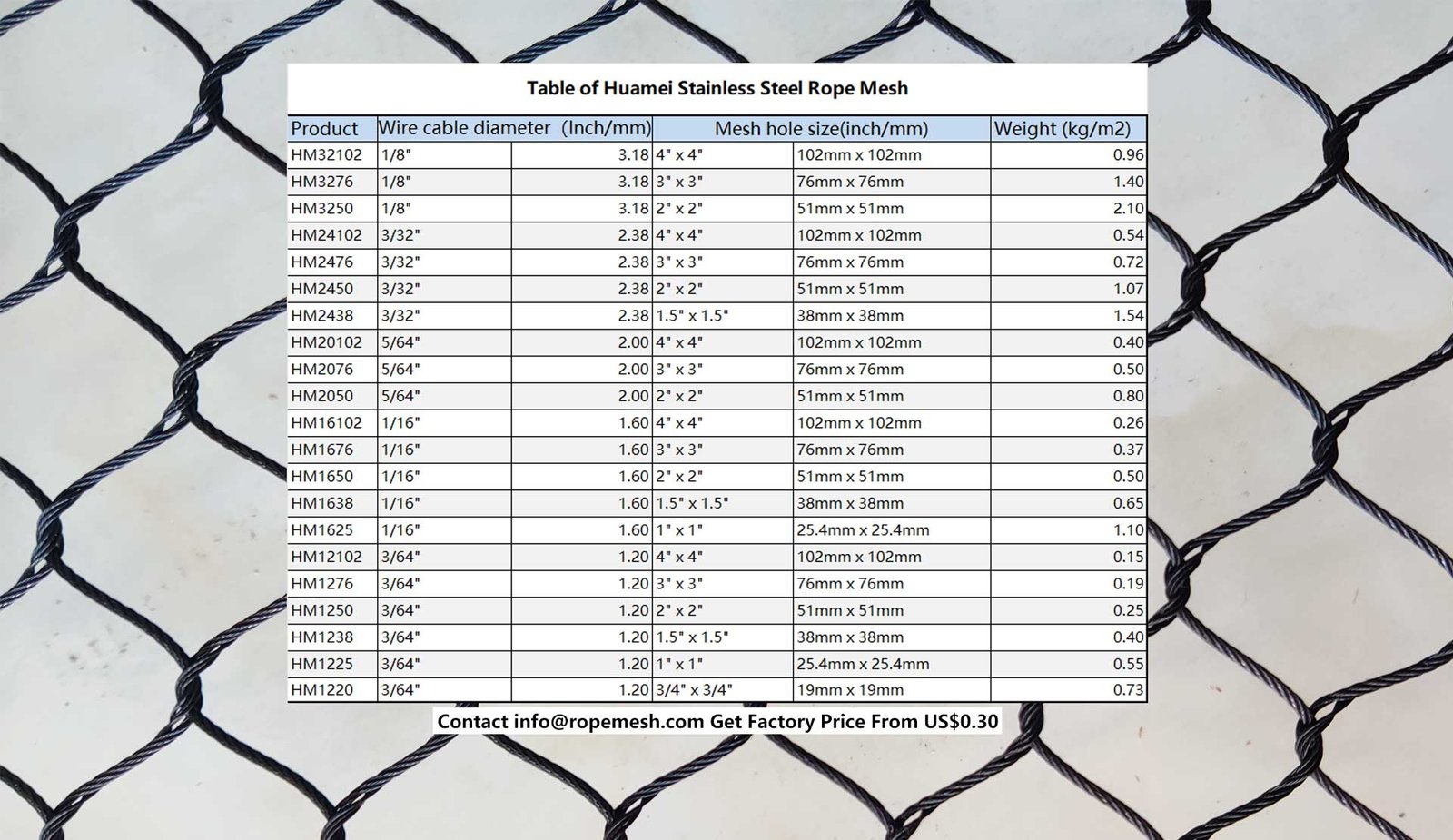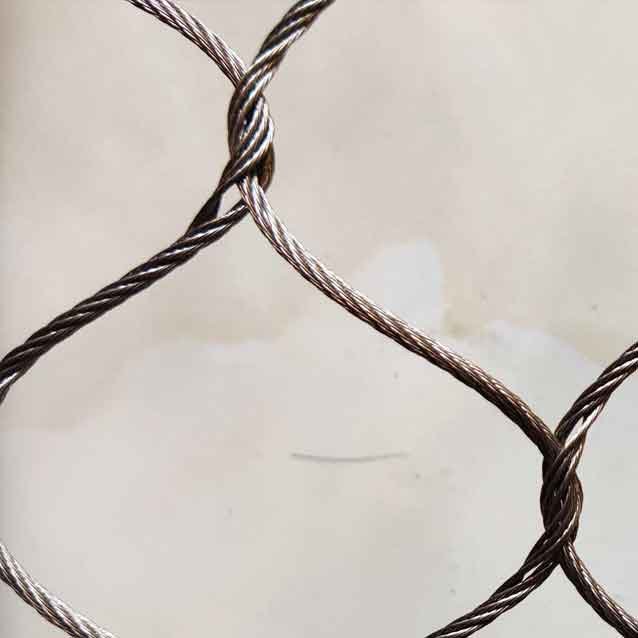Introduction
Welcome to our comprehensive guide on choosing the perfect netting for your aviary - your go-to resource in creating a safe and secure environment for your feathered friends. Whether you are a seasoned avian enthusiast or just starting out, we understand the challenges of selecting the right netting for your aviary can be overwhelming. That's why we're here to help simplify the process and provide you with the essential information you need to make an informed decision.
In this guide, we will explore the different types of netting available, their features and benefits, and how they can meet the specific needs of your aviary. From preventing escape to keeping predators at bay, our goal is to equip you with the knowledge necessary to choose the netting that best suits your aviary's unique requirements.
With our expertise and guidance, you can ensure the safety and security of your aviary, providing your birds with an environment where they can thrive. So let's dive in and discover the perfect netting solution for your aviary, because your birds deserve nothing less.


